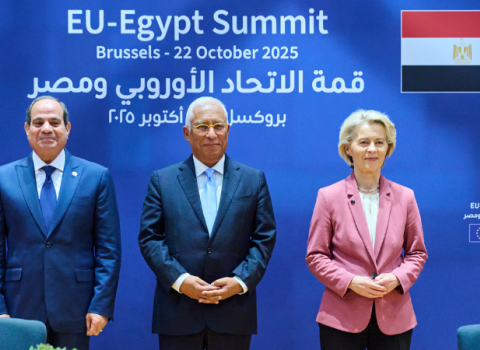
The draft is intended to build on the strategy set out in 2005, which focused on contributing to better promotion and protection of public health, improving the regulatory environment, and helping to stimulate innovation, research and development in the EU.
The new document focuses on a number of issues that are relevant to academics, clinicians and companies involved in R&D. For example, the Agency says it needs to face up to the prospect of regulating new and emerging science, such as personalised medicine, nanotechnologies, regenerative medicine, synthetic biology, as well as advances to streamline non-clinical and clinical development.
EMEA says these will bring issues that require careful consideration, including whether the current legal/regulatory framework can deal with potential safety issues, in particular with respect to the benefit/risk evaluation.
This calls for a debate on how to best support and translate the new science into regulatory requirements, says the document.
Meanwhile, the movement of clinical research out of Europe to lower-cost countries presents particular challenges, such as safeguarding the integrity of the data and ensuring equivalent ethical standards are met, the threat of double standards, as well as the need to be confident in local regulatory and supervision arrangements.
Another field of growing concern relates to the increasing manufacture of active pharmaceutical ingredients outside the EU, and in particular the potential for substandard material to enter the supply chain.
EMEA says it will try to stimulate the development of drugs in areas of unmet medical need and neglected and rare diseases. It will encourage new approaches to drug development and ensure the existing model for medicines regulation is adapted to enable integration of new and emerging science.
One of the most critical areas of unmet medical need is the limited availability of novel antibiotics. EMEA believes this is caused by unfavourable conditions for developing new antibiotics, and a lack of a strategic and concerted approach to limiting the development of antimicrobial resistance.
To address this, the Agency will consider provision of incentives such as the establishment of an accelerated assessment scheme for novel antibiotics.
The road map acknowledges that scientific progress over the next five years will be an important driver for change. Building on current experience with advanced therapies including cell therapy, gene therapy and tissue engineering, the Agency will have to address the new challenges of regulating nanotechnologies, synthetic biology, and regenerative and personalised medicine.
Indeed, it notes, the concept of personalised medicine is rapidly moving from a theoretical concept to everyday reality, and the Agency has already been confronted with this concept, primarily in the oncology field. Some products are already personalised with accompanying diagnostics to select patients who will respond.
Similarly, many diverse applications of novel nanotechnologies to drug development are also a reality, but experience is still very limited. For these novel scientific approaches the scientific/technical and regulatory challenges will be very significant.
In order to address this, the Agency proposes to consider if the regulatory framework needs changing to support such new technologies. This will complement existing initiatives such as the setting-up of a dedicated biomarker qualification procedure.
The road map also pledges to help tackle the productivity gap in drug development, saying feedback has indicated that both the sub-optimal management of the clinical development process by sponsors, as well as new requirements for medicine development, have been identified as important contributing factors.
The draft road map can be found here: http://www.ema.europa.eu/htms/general/direct/roadmap/roadmapintro.htm





 A unique international forum for public research organisations and companies to connect their external engagement with strategic interests around their R&D system.
A unique international forum for public research organisations and companies to connect their external engagement with strategic interests around their R&D system.